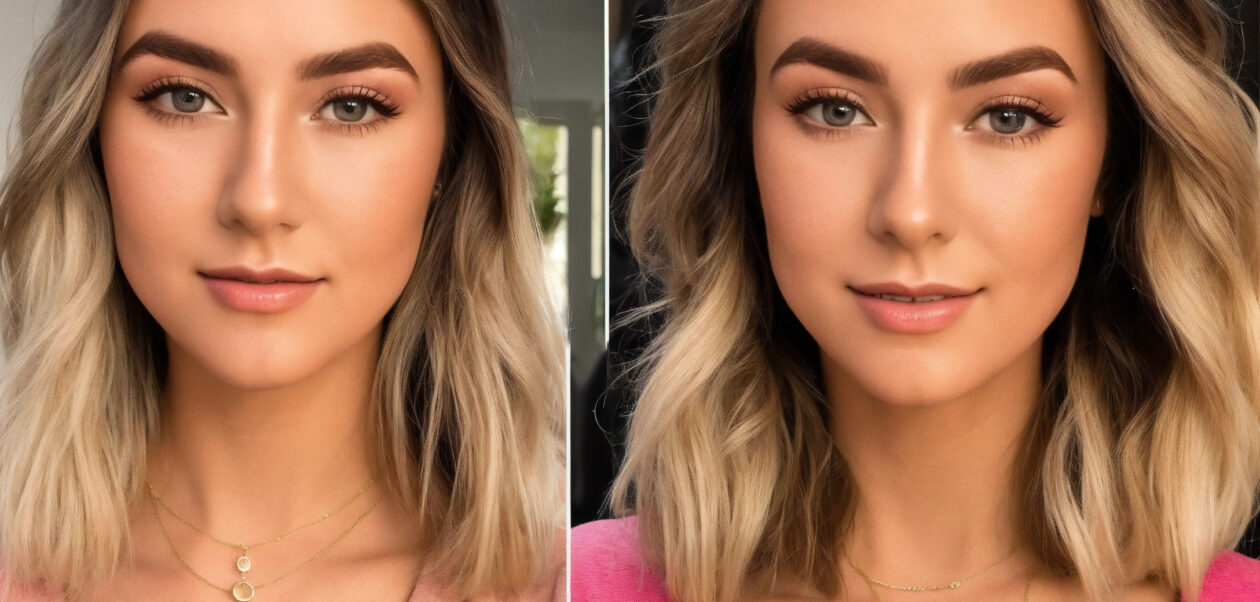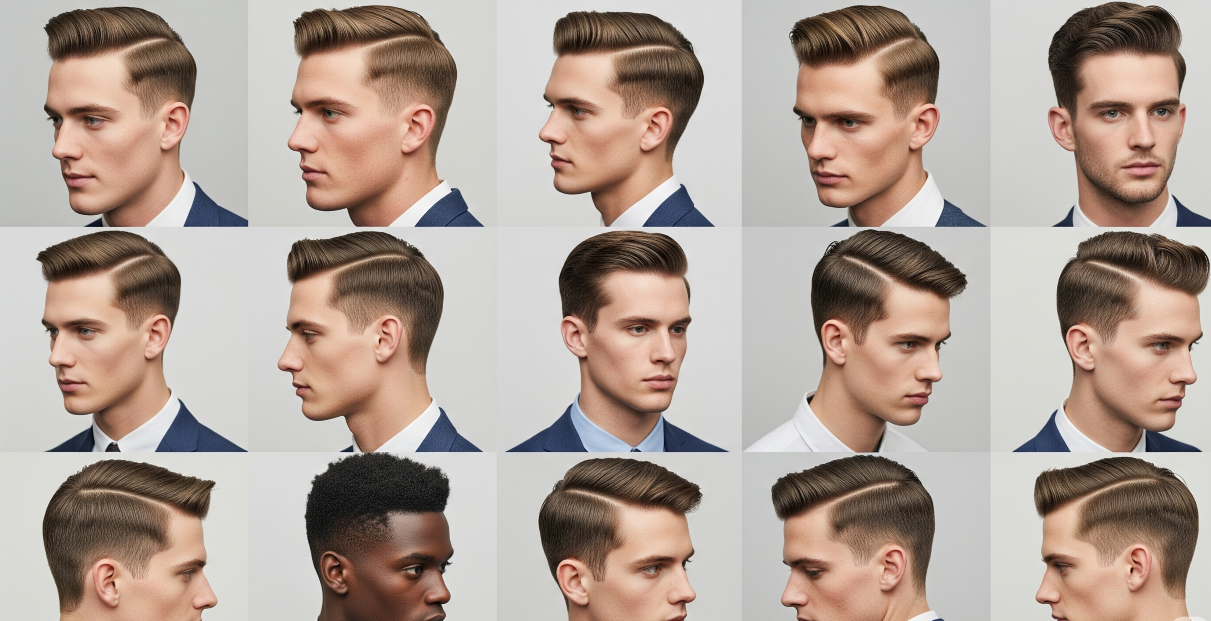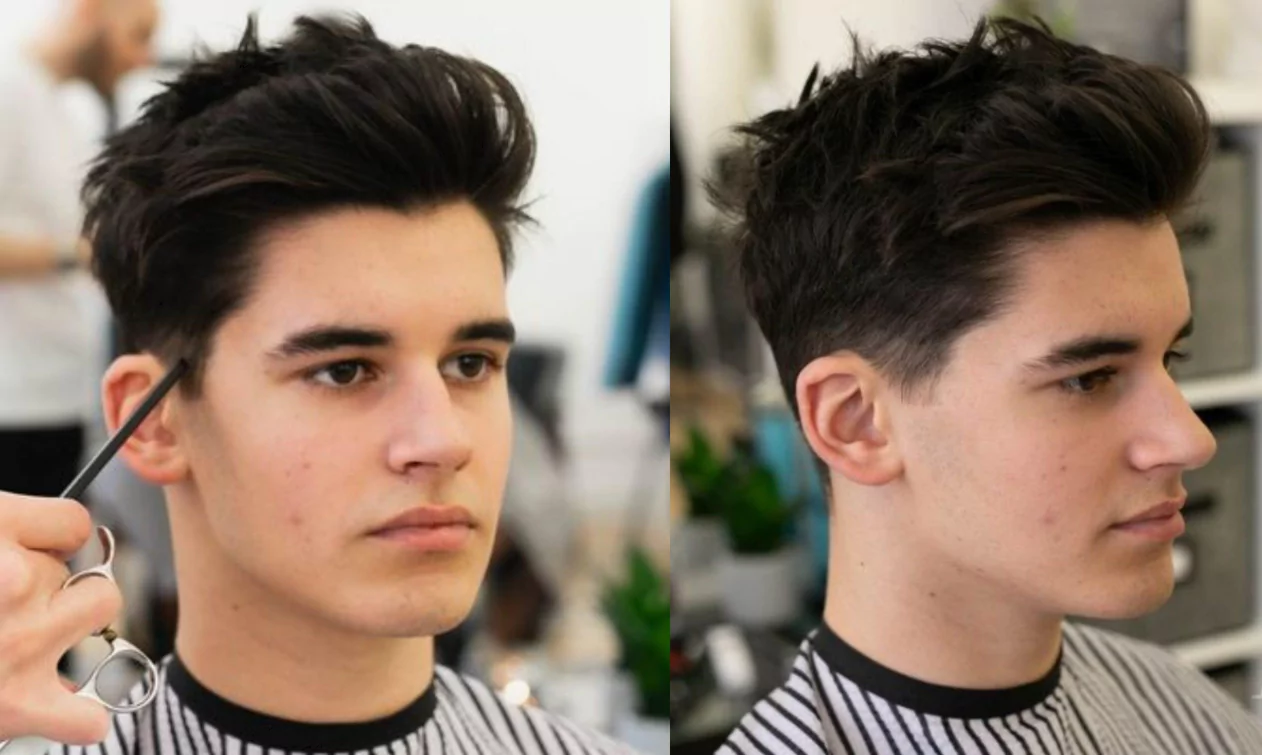Dimensional lived-in blonde isn’t just another hair trend—it’s a sophisticated coloring technique that creates depth, movement, and that coveted sun-kissed hair look. This multi-tonal blonde approach mimics how natural sunlight gradually lightens hair, resulting in a low-maintenance blonde style that grows out beautifully.
As a professional colorist with over 15 years of experience transforming clients’ hair, I’ve perfected this technique through countless consultations and color corrections. This guide combines expert knowledge with proven methods to help you achieve stunning results.
Understanding Dimensional Lived-In Blonde
Dimensional lived-in blonde creates multiple tonal variations throughout your hair using strategic placement of highlights and lowlights. Unlike traditional foiling that produces uniform streaks, this technique blends blonde shades seamlessly from roots to ends.
The magic happens through color depth variation. Darker roots gradually transition to lighter mid-lengths and ends, creating natural movement. This hair coloring technique uses three to five different blonde tones within two shades of each other.
Professional colorists achieve this look by mimicking natural hair lightening patterns. Sun exposure naturally lightens the top layers and ends first, leaving deeper tones underneath and near the scalp.
Choosing Your Perfect Blonde Shades Based on Skin Tone
Your skin’s undertones determine which blonde hues will complement you best. This crucial step prevents brassy disasters and ensures your new color enhances your natural beauty.
Warm undertones pair beautifully with honey blonde, golden blonde, and caramel blonde shades. These tones have yellow or peach bases that harmonize with golden skin undertones. Think Jennifer Lopez or Blake Lively’s signature looks.
Cool undertones shine with platinum blonde, ashy blonde, and beige blonde variations. These shades contain blue or purple bases that neutralize any yellow tones. Reese Witherspoon and Charlize Theron showcase these tones perfectly.
Neutral undertones offer the most flexibility, working with both buttery blonde and sandy blonde options. These balanced tones complement skin that doesn’t lean heavily warm or cool.
Preparing for the Blonding Process
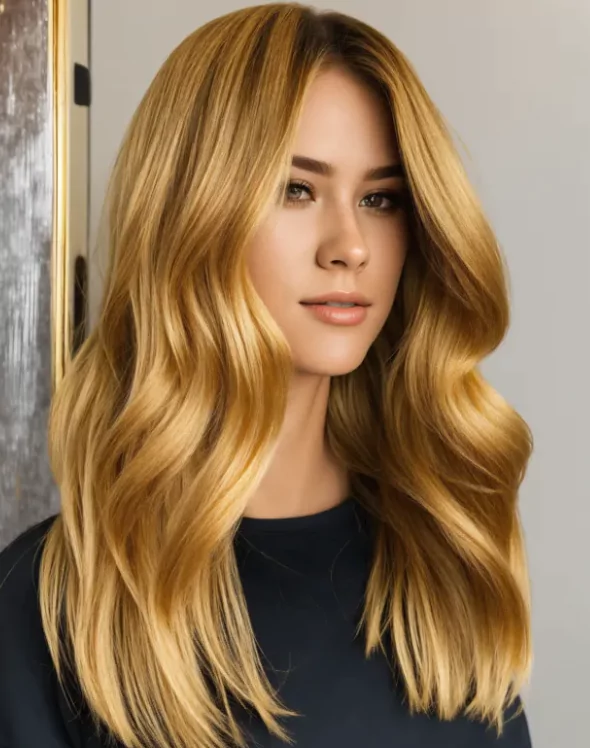
Your hair’s current condition determines your transformation timeline. Previously colored hair requires different approaches than virgin hair, and damage assessment prevents over-processing disasters.
Start with a thorough hair consultation examining your color history, texture, and porosity. Highly porous hair absorbs color quickly but may grab unevenly, while low-porosity hair resists lightening and requires longer processing times.
Deep conditioning treatments should begin two weeks before your appointment. Use protein-rich masks if your hair feels stretchy when wet, or moisture-focused treatments if it feels brittle and snaps easily.
Professional Coloring Techniques
Balayage creates the most natural lived-in blonde hair results. This hand-painting technique allows colorists to customize placement based on your face shape and natural hair growth patterns. The free-form application creates softer, more organic-looking highlights.
Foiling offers more precise control and lift, making it ideal for darker starting colors or clients wanting dramatic contrast. The controlled environment inside foils allows bleach to work more effectively, achieving lighter results.
Babylights use ultra-fine sections to create subtle dimension. This technique works perfectly for first-time blondes or those wanting minimal change. The microscopic highlights blend seamlessly with natural hair color.
To keep your blonde looking radiant beyond coloring, discover how shine-boosting treatments can help in The Science Behind Hair Glossing: Why It’s Worth Trying.
The Professional Colorist’s Expertise
Professional colorists possess technical knowledge that prevents costly mistakes. They understand lightening limitations, can assess your hair’s integrity, and know which products achieve specific results safely.
During consultations, experienced stylists examine your hair under natural light, discuss realistic expectations, and create customized formulas. They consider factors like previous chemical treatments, natural color depth, and desired maintenance level.
Investment in professional services typically ranges from $200-500 for initial transformation, depending on hair length, starting color, and geographic location. This cost reflects specialized training, professional-grade products, and artistic expertise.
Blonde Hair Maintenance Protocol
Maintaining your dimensional lived-in blonde requires consistent care and proper products. The right routine preserves color vibrancy while keeping hair healthy and manageable.
Purple shampoo neutralizes unwanted yellow tones that develop over time. Use it 2-3 times weekly, leaving it on for 3-5 minutes before rinsing. Popular professional options include Fanola No Yellow and Matrix Total Results Brass Off.
Heat protection becomes non-negotiable with blonde hair. Apply heat protectant products before any thermal styling to prevent additional damage and color fading.
Essential Blonde Hair Care Products
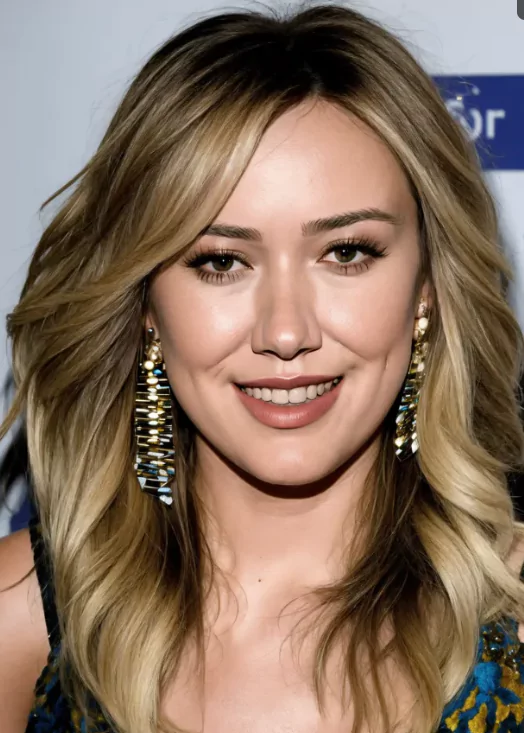
Your product arsenal should include both professional and targeted treatments. Quality products preserve your investment while maintaining hair health between salon visits.
Leave-in conditioner provides daily moisture without weighing hair down. Look for formulas containing ceramides or proteins that seal the hair cuticle and prevent color loss.
Weekly hair masks should rotate between protein and moisture treatments based on your hair’s current needs. Protein masks strengthen damaged strands, while hydrating masks restore flexibility and shine.
Professional-grade toners extend salon results by 2-3 weeks. These toner usage products neutralize brassiness while adding subtle color adjustments at home.
Preventing Common Blonde Hair Disasters
Over-bleaching creates irreversible damage that appears as gummy, stretchy texture when wet. This condition, called chemical cut, requires immediate protein treatments and may necessitate cutting damaged sections.
Brassiness develops when underlying pigments resurface through fading. Combat this with consistent purple shampoo use and regular toning appointments every 6-8 weeks.
Uneven color results often stem from DIY attempts or inexperienced applications. Professional color correction can fix most issues, though severely damaged hair may require gradual repair over multiple appointments.
Styling Tips for Maximum Dimension
Proper styling techniques enhance your multi-tonal blonde color’s natural movement and depth. The right approach showcases dimensional placement while maintaining hair health.
Air-drying with texturizing products emphasizes natural texture variation that complements dimensional coloring. Scrunch damp hair with sea salt spray or mousse for enhanced definition.
When heat styling, use lower temperatures and thermal protection. Excessive heat not only damages blonde hair but also causes faster color fading and increased brassiness.
Regular hair trims every 6-8 weeks remove split ends and maintain shape integrity. This prevents damage from traveling up the hair shaft, preserving your color investment.
Your Dimensional Blonde Journey Starts Here
Dimensional lived-in blonde offers the perfect balance of sophistication and maintenance ease. This technique creates natural-looking results that enhance your features while providing flexibility for various styling options.
Remember that achieving perfect blonde hair is a process, not a single appointment. Trust professional expertise, invest in quality maintenance products, and be patient with the transformation timeline.
Your dream blonde hair awaits—schedule that consultation and begin your journey to dimensional perfection. With proper care and professional guidance, you’ll achieve the sun-kissed, low-maintenance blonde look that turns heads and boosts confidence.
Ready to transform your hair? Book a consultation with a certified colorist who specializes in dimensional blonding techniques. Your perfect blonde awaits.

